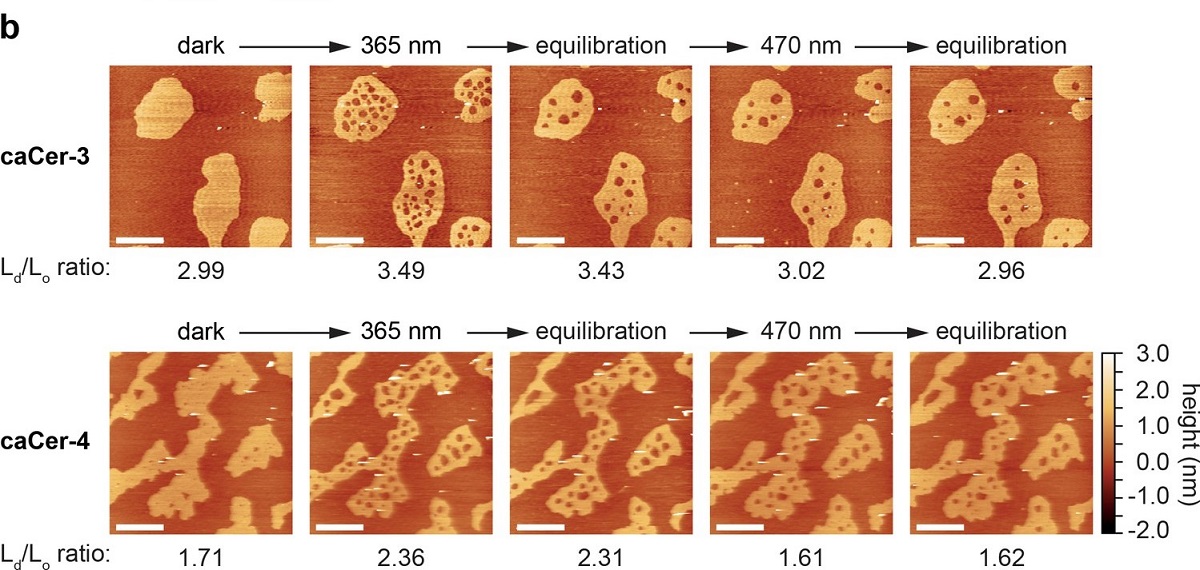Yersinia enterocolitica is a gram-negative bacillus shaped bacterium that leads to a zootonic disease called yersiniosis. The infection is demonstrated as mesenteric adenitis, acute diarrhea, terminal ileitis, and pseudoappendicitis. Rarely, it can even result in sepsis. According to the 2017 report of the European Food Safety Authority (EFSA) and European Centre for Disease Prevention and Control (ECDC), Y. enterocolitica has been realized as the third most common foodborne-zoonotic disease after campylobacteriosis and salmonellosis in the European Union.*
Several studies suggested that the bacterium cannot survive after a proper pasteurization process, although contrary findings were also reported. The quick and accurate detection of the bacterium from food products or the body fluids of infected individuals is, therefore, important.*
Biosensors offer strong alternatives to the already existing detection techniques for rapid and sensitive quantification of Y. enterocolitica.*
In their paper “Graphene Quantum Dots as Nanozymes for Electrochemical Sensing of Yersinia enterocolitica in Milk and Human Serum” Sumeyra Savas and Zeynep Altintas describe a novel immunosensor approach using graphene quantum dots (GQDs) as enzyme mimics in an electrochemical sensor set up to provide an efficient diagnostic method for Y. enterecolitica.*
The developed method can be used for any pathogenic bacteria detection for clinical and food samples without pre-sample treatment. Offering a very rapid, specific and sensitive detection with a label-free system, the GQD-based immunosensor can be coupled with many electrochemical biosensors.*
The bare gold, GQD-laminated, and antibody-immobilized sensor surfaces were characterized by atomic force microscopy (AFM) using NanoWorld Pointprobe® NCLR AFM probes.*

AFM analysis of bare (A), GQD-laminated (B), and antibody-immobilized (C) sensor surfaces.
*Sumeyra Savas and Zeynep Altintas
Graphene Quantum Dots as Nanozymes for Electrochemical Sensing of Yersinia enterocolitica in Milk and Human Serum
Materials 2019, 12(13), 2189
DOI: https://doi.org/10.3390/ma12132189
Please follow this external link to read the full article: https://www.mdpi.com/1996-1944/12/13/2189
Open Access The article “Graphene Quantum Dots as Nanozymes for Electrochemical Sensing of Yersinia enterocolitica in Milk and Human Serum “ by Sumeyra Savas and Zeynep Altintas is licensed under a Creative Commons Attribution 4.0 International License, which permits use, sharing, adaptation, distribution and reproduction in any medium or format, as long as you give appropriate credit to the original author(s) and the source, provide a link to the Creative Commons license, and indicate if changes were made. The images or other third party material in this article are included in the article’s Creative Commons license, unless indicated otherwise in a credit line to the material. If material is not included in the article’s Creative Commons license and your intended use is not permitted by statutory regulation or exceeds the permitted use, you will need to obtain permission directly from the copyright holder. To view a copy of this license, visit http://creativecommons.org/licenses/by/4.0/.



